Vingroup Corporation has just sent a document to the People's Committee of Ho Chi Minh City, proposing approval to allow research and investment in a sea route connecting Can Gio and Vung Tau under the BT (Build-Transfer) form.
According to the enterprise, this sea route will shorten travel time, effectively connect functional areas in Ho Chi Minh City, and at the same time create momentum for socio -economic development, trade and sustainable urban space expansion.

Can Gio is about 50 km from the center of Ho Chi Minh City. Currently, traffic only flows via Binh Khanh ferry to the city center and connects to Vung Tau by Vung Tau - Can Gio ferry.
After Ho Chi Minh City merged with Ba Ria - Vung Tau and Binh Duong, the need to develop a direct connection axis is increasingly urgent, especially the connection between coastal areas. Can Gio - Ba Ria Vung Tau (old) is a region with a strategic position in terms of marine economy, ports, tourism and ecological urban areas, but the current infrastructure is limited, mainly depending on ferries and roundabout routes.
On June 11, 2025, the Prime Minister issued a Decision approving the Project to adjust the master plan of Ho Chi Minh City to 2040, with a vision to 2060, in which developing modern transport infrastructure and improving intra-regional and inter-regional connectivity capacity are identified as key strategic directions.
"In the spirit of accompanying the realization of key transport infrastructure planning, Vingroup proposes that the Ho Chi Minh City People's Committee allow the company to research and invest in a sea route connecting the Can Gio - Ba Ria Vung Tau (old) area under the BT form. The Group commits to accompany and contribute to improving regional connectivity and sustainable development of Ho Chi Minh City's coastal space," Vingroup's document stated.
The Ministry of Construction has also just sent a document (No. 10632) to the Ho Chi Minh City National Assembly Delegation, responding to the petition of the city's voters sent after the 9th session of the 15th National Assembly. Voters recommended that the Government soon invest in developing Cai Mep - Thi Vai port into an international transit port, and at the same time build a bridge connecting Can Gio - Vung Tau and a high-speed railway connecting Ho Chi Minh City - Ba Ria - Binh Duong, in order to promote the strength of traffic connection to serve import-export and logistics.

Not only is it the green lung of Ho Chi Minh City, Can Gio is also in a breakthrough phase with a series of infrastructure projects, including a 2,870ha sea reclamation project with an investment capital of 11 billion USD.
Responding to voters about the proposal to build a bridge connecting Can Gio - Vung Tau, the Ministry of Construction informed that this route is within the scope of Ho Chi Minh City, not part of the national highway or expressway system managed by the Ministry of Construction.
The Ministry requested the Ho Chi Minh City National Assembly Delegation to consult with the Ho Chi Minh City People's Committee to study and update this bridge project into the post-merger Ho Chi Minh City planning for the 2021-2030 period, with a vision to 2050, and at the same time preside over the implementation according to its authority.
Can Gio area has a strategic location as the economic center of Southeast of Ho Chi Minh City. In the future, there will be many important projects leading to Can Gio.
In Can Gio, Vingroup just started construction of the Can Gio coastal tourism urban area with a total area of 2,870 hectares last April. The project is located at the estuary of Long Hoa commune and Can Thanh town (old Can Gio district).
The project is considered to have an impact not only on Ho Chi Minh City but also create growth momentum for the entire Southeast region, opening up a breakthrough vision for marine economic development at the national level.
In addition to the proposal to build a Can Gio sea-crossing bridge, Vingroup is also proposing a Phu My Hung - Can Gio high-speed railway with a design speed of 350 km/h, expected to shorten travel time from Phu My Hung center to Can Gio to only 12 minutes.
In the future, Can Gio will also be conveniently connected to Long Thanh International Airport, following National Highway 51 to Ben Luc - Long Thanh Expressway.
In 2026, Binh Khanh bridge will start construction, connecting Can Gio to the city center, replacing and reducing the load on the current Binh Khanh ferry.
Can Gio Bridge connecting Vung Tau is also expected to be invested in, shortening the journey from Vung Tau to Can Gio to only 10 minutes.
In early 2025, the Ho Chi Minh City Department of Transport and Public Works sent a document to the Ho Chi Minh City Department of Construction and a consulting consortium to develop a project to adjust the general planning of Ho Chi Minh City, regarding the southern coastal route of Ho Chi Minh City area.
It proposes to invest in the main route and the road connecting to the coastal road of Ba Ria-Vung Tau via the Can Gio sea bridge (phase 1). This plan shortens the distance by about 40 km compared to the original plan, with a total capital of more than 55,800 billion VND.
The idea of the Can Gio sea-crossing bridge first appeared at the Can Gio Development Planning Conference in 2017, proposed by the Ho Chi Minh City Real Estate Association (HoREA).
According to the idea, the bridge will be about 17 km long with a clearance of up to 56 m, so that international ships can enter and exit easily.
In 2019, the People's Committee of Can Gio district (old) also wanted to submit to the People's Committee of Ho Chi Minh City a project to build a sea-crossing bridge connecting Vung Tau.
Source: https://vtcnews.vn/vingroup-de-xuat-lam-duong-vuot-bien-tu-can-gio-di-vung-tau-ar969057.html


![[Photo] Prime Minister Pham Minh Chinh chairs the Government's online conference with localities](https://vphoto.vietnam.vn/thumb/1200x675/vietnam/resource/IMAGE/2025/10/5/264793cfb4404c63a701d235ff43e1bd)

![[Photo] Prime Minister Pham Minh Chinh launched a peak emulation campaign to achieve achievements in celebration of the 14th National Party Congress](https://vphoto.vietnam.vn/thumb/1200x675/vietnam/resource/IMAGE/2025/10/5/8869ec5cdbc740f58fbf2ae73f065076)





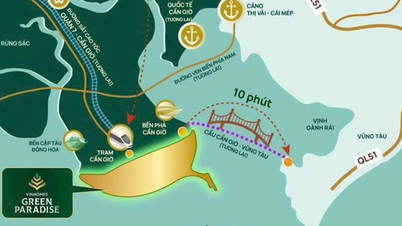
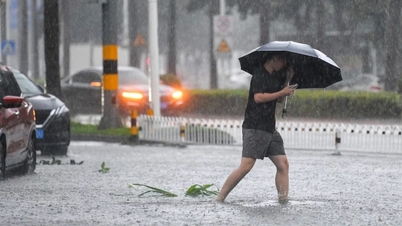

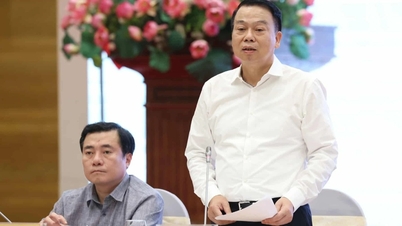
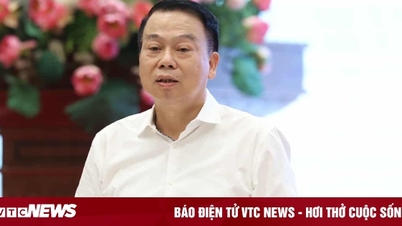
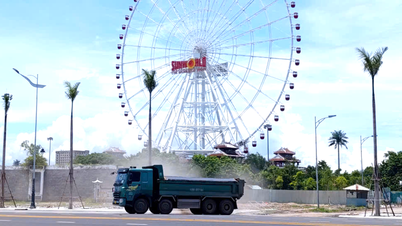








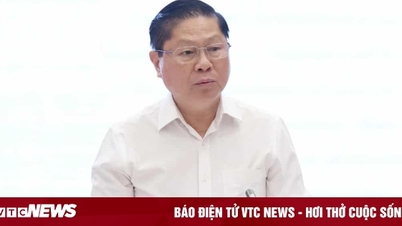

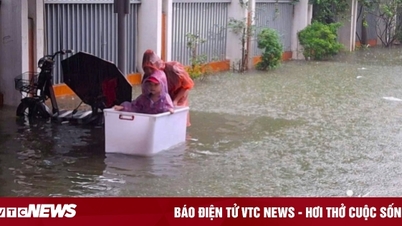

























![[VIDEO] Summary of Petrovietnam's 50th Anniversary Ceremony](https://vphoto.vietnam.vn/thumb/402x226/vietnam/resource/IMAGE/2025/10/4/abe133bdb8114793a16d4fe3e5bd0f12)

![[VIDEO] GENERAL SECRETARY TO LAM AWARDS PETROVIETNAM 8 GOLDEN WORDS: "PIONEER - EXCELLENT - SUSTAINABLE - GLOBAL"](https://vphoto.vietnam.vn/thumb/402x226/vietnam/resource/IMAGE/2025/7/23/c2fdb48863e846cfa9fb8e6ea9cf44e7)
















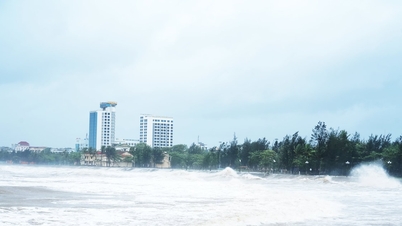




















Comment (0)